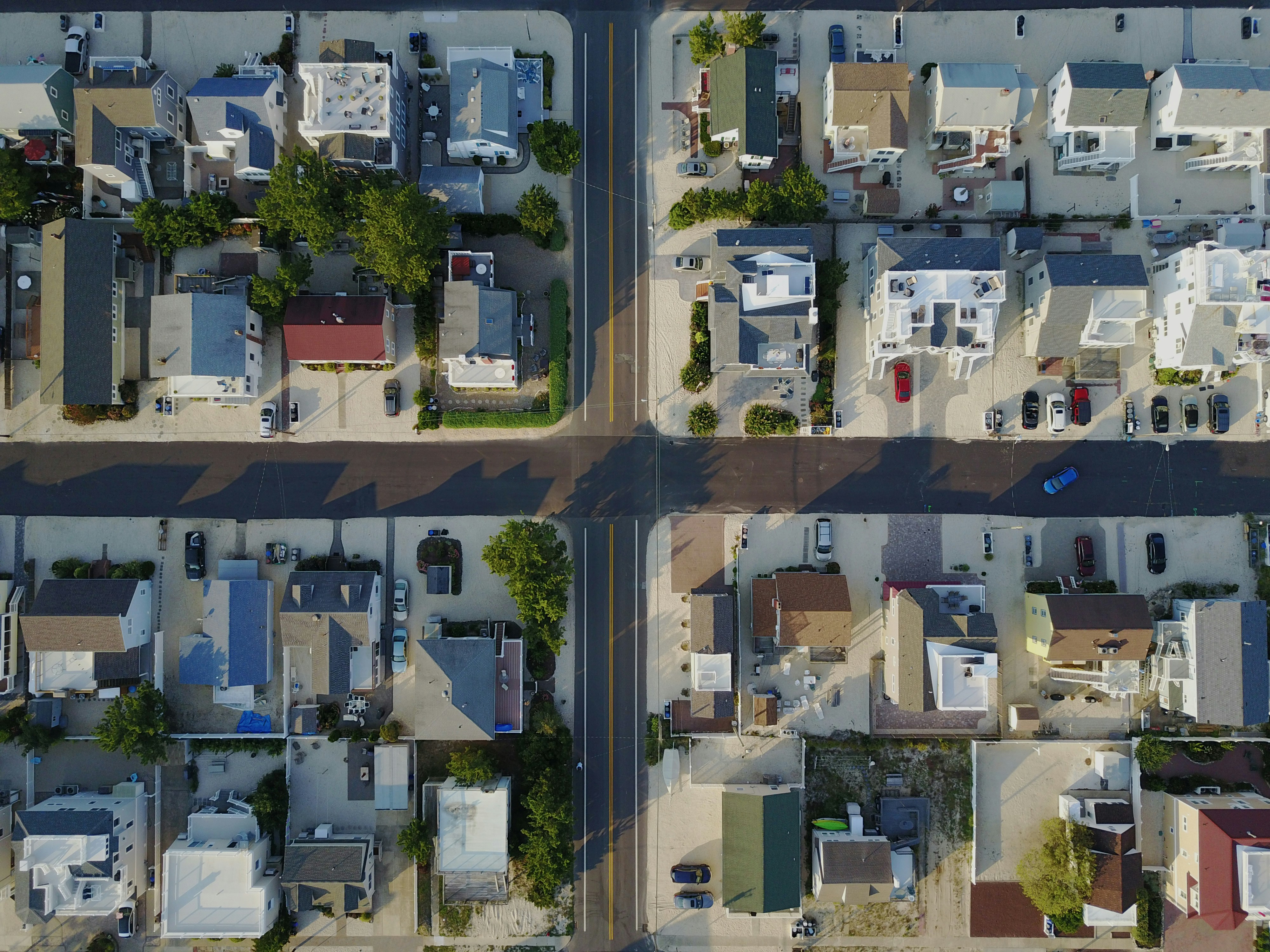A real estate agent needs to plan a route for a customer who wants to visit multiple properties in a city. The goal is to find the shortest path that allows the customer to visit all desired properties efficiently. This means the agent should find a route that minimizes travel time and distance. By doing this, the agent can save time and reduce travel costs, making the property viewing experience smooth and enjoyable for the customer. A well-planned route ensures that the customer can see all the properties they are interested in without unnecessary delays and save a lot of their time.
Using the A* Search Algorithm
The A* search algorithm is perfect for quickly finding the shortest path in a weighted graph. Think of the city and its properties as points (nodes) on a map, with the roads between them as lines (edges) connecting these points. Using the A* algorithm, we can efficiently figure out the best route through this map to visit all the desired properties
Steps for Implementation
-
Create a Graph: Lets Represent the city and properties as a graph where nodes represent properties and edges represent the roads connecting them with weights denoting the travel distance or time.
-
Defining Heuristic Function: Define a heuristic function that estimates the remaining distance to the final destination. Lets consider, the straight-line distance between two nodes can be used for this case.
-
Priority Queue: Lets use a priority queue to prioritize nodes based on the total estimated cost (actual distance traveled + heuristic estimate).
- A* Search Algorithm: Implementing the A* search algorithm to explore nodes, calculate the total cost, and find the shortest path.
- Start at the initial node (starting property).
- Expand nodes by moving to adjacent nodes (properties) based on the lowest total cost.
- Continue until the destination node (final property) is reached.
-
Keep Track of Visited Nodes: Lets Maintain a list of visited nodes to avoid revisiting and ensure the algorithm terminates early and efficiently.
- Return the Optimal Path: Once the destination node is reached, return the path and total travel distance.
A* Search Algorithm
function reconstruct_path(cameFrom, current)
total_path := [current]
while current in cameFrom.Keys:
current := cameFrom[current]
total_path.prepend(current)
return total_path
function A_Star(start, goal, h)
openSet := {start} // The set of discovered nodes that may need to be expanded
cameFrom := {} // Map to store the previous node on the optimal path
gScore := {} // Cost from start along the best known path
fScore := {} // Estimated total cost from start to goal through node
gScore[start] := 0 // Initial cost from start
fScore[start] := h(start) // Estimated total cost from start to goal
while openSet is not empty:
current := node in openSet with the lowest fScore[current]
if current == goal:
return reconstruct_path(cameFrom, current)
openSet.remove(current)
for each neighbor of current:
tentative_gScore := gScore[current] + d(current, neighbor) // Distance from start to neighbor
if neighbor not in gScore or tentative_gScore < gScore[neighbor]:
cameFrom[neighbor] := current
gScore[neighbor] := tentative_gScore
fScore[neighbor] := gScore[neighbor] + h(neighbor)
if neighbor not in openSet:
openSet.add(neighbor)
return failure // Open set is empty and goal was never reached
Time Complexity
Best-case Time Complexity: When the heuristic is perfect,the time complexity can approach O(d).(Straigth line distance)
Average-case and Worst Time Complexity: O(b^d), where b represents branching factor
Space Complexity
Best-case space Complexity: Similar to time complexity O(d).
Average-case and Worst space Complexity: O(b^d), where b represents branching factor

 Property Recommendation System by Zillow
Property Recommendation System by Zillow